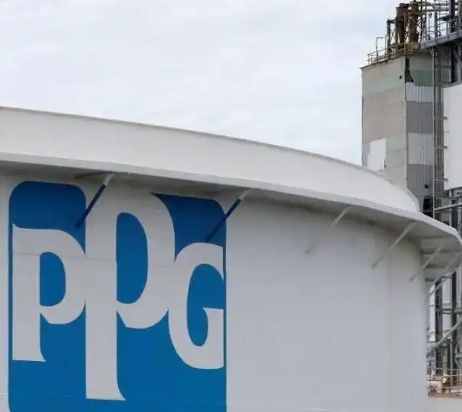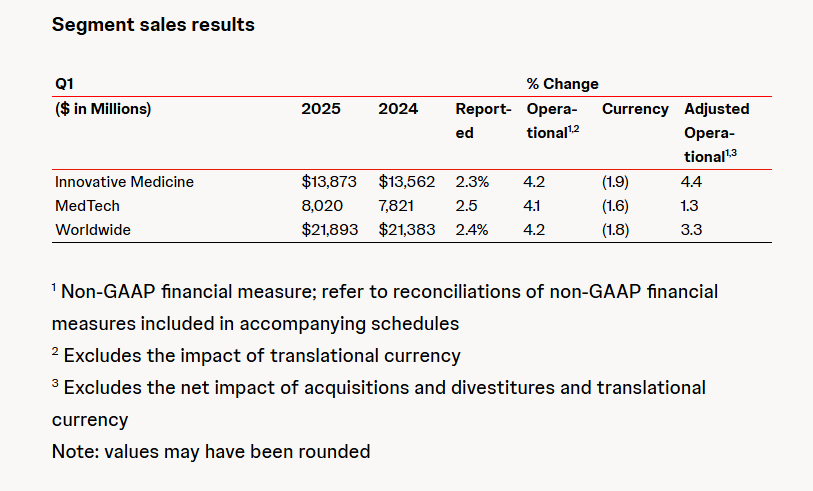The Impact of Post-disaster Reconstruction on the Demand for PVC Materials
Background: With the impact of global warming and the active period of the earth's crust, various disasters have occurred frequently around the world. Behind these disasters, not only human casualties but also property losses are significant. Buildings for daily living and urban-rural infrastructure have suffered varying degrees of damage. PVC-related products such as power cables, water supply pipes, drainage pipes, indoor panels, profiles, and decorative building materials have all been damaged to different extents. In post-disaster reconstruction, the above-mentioned products need to be replaced or repaired.
Real estate and infrastructure are the main application areas of PVC.
Figure 1: Changes in China's PVC Consumption Structure from 2020 to 2024 (Unit: 10,000 tons)
![[隆众聚焦]:灾后重建 对PVC材料需求的影响 [隆众聚焦]:灾后重建 对PVC材料需求的影响](https://oss.plastmatch.com/zx/image/40a77a1e5c794838ae9bf54de009a79e.png)
PVC demand in areas such as piping, profiles, flooring, and cables constitutes around 70% of total PVC consumption. Therefore, the construction and real estate activity cycles globally are generally consistent with the traditional seasonal demand cycles for PVC. Changes in these activities also drive changes in PVC demand.
II. Demand Estimation for PVC in Restoration and Reconstruction
According to relevant data surveys, the consumption of PVC products per 100 square meters of housing is approximately 0.0384 tons (based on ideal construction demands, the usage and materials should be determined according to local conditions or national circumstances, as shown in the table below).
Table 2: Consumption of PVC products per 100 square meters of housing (for reference only)

For example, a 7.6-magnitude earthquake struck the Noto Peninsula in Ishikawa Prefecture, Japan, at 16:10 on January 1, 2024. According to official Japanese statistics, the earthquake caused severe damage to houses, with 22,374 buildings confirmed as damaged. It should be noted that the housing damage data represents confirmed figures. Assuming each building is 100 square meters, post-earthquake repairs would require at least 859 tons or more of PVC raw materials. This estimate is based on an optimal construction scenario. Similarly, disasters worldwide pose significant challenges to housing and infrastructure, all of which face the need for post-disaster reconstruction.
【Copyright and Disclaimer】The above information is collected and organized by PlastMatch. The copyright belongs to the original author. This article is reprinted for the purpose of providing more information, and it does not imply that PlastMatch endorses the views expressed in the article or guarantees its accuracy. If there are any errors in the source attribution or if your legitimate rights have been infringed, please contact us, and we will promptly correct or remove the content. If other media, websites, or individuals use the aforementioned content, they must clearly indicate the original source and origin of the work and assume legal responsibility on their own.
Most Popular
-

Overseas Highlights: PPG Establishes New Aerospace Coatings Plant in the US, Yizumi Turkey Company Officially Opens! Pepsi Adjusts Plastic Packaging Goals
-

Abbott and Johnson & Johnson: Global Medical Device Giants' Robust Performance and Strategies Amid Tariff Pressures
-

BYD releases 2024 ESG report: Paid taxes of 51 billion yuan, higher than its net profit for the year.
-

Behind pop mart's surging performance: The Plastics Industry Embraces a Revolution of High-End and Green Transformation
-

The price difference between recycled and virgin PET has led brands to be cautious in their procurement, even settling for the minimum requirements.



